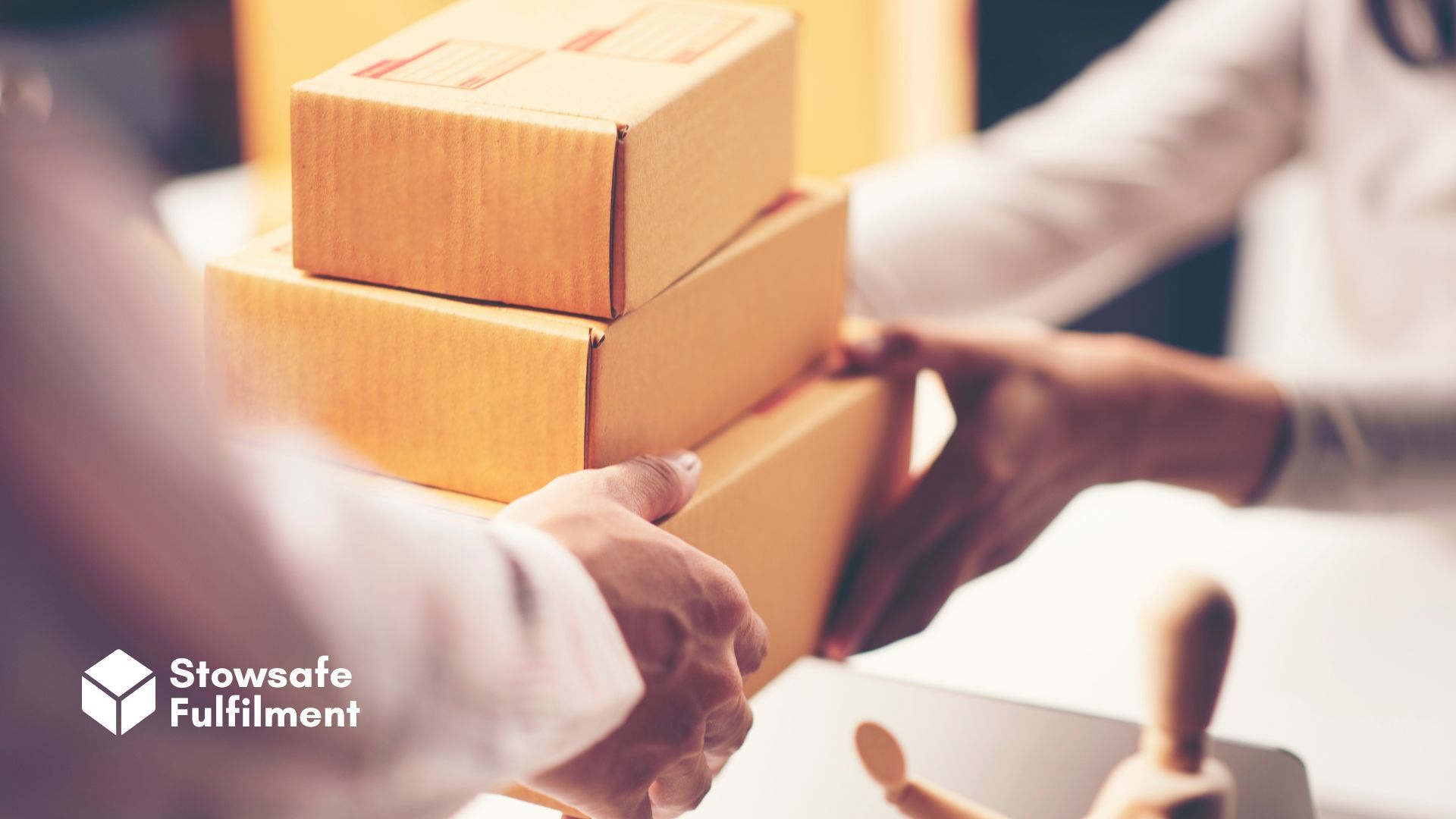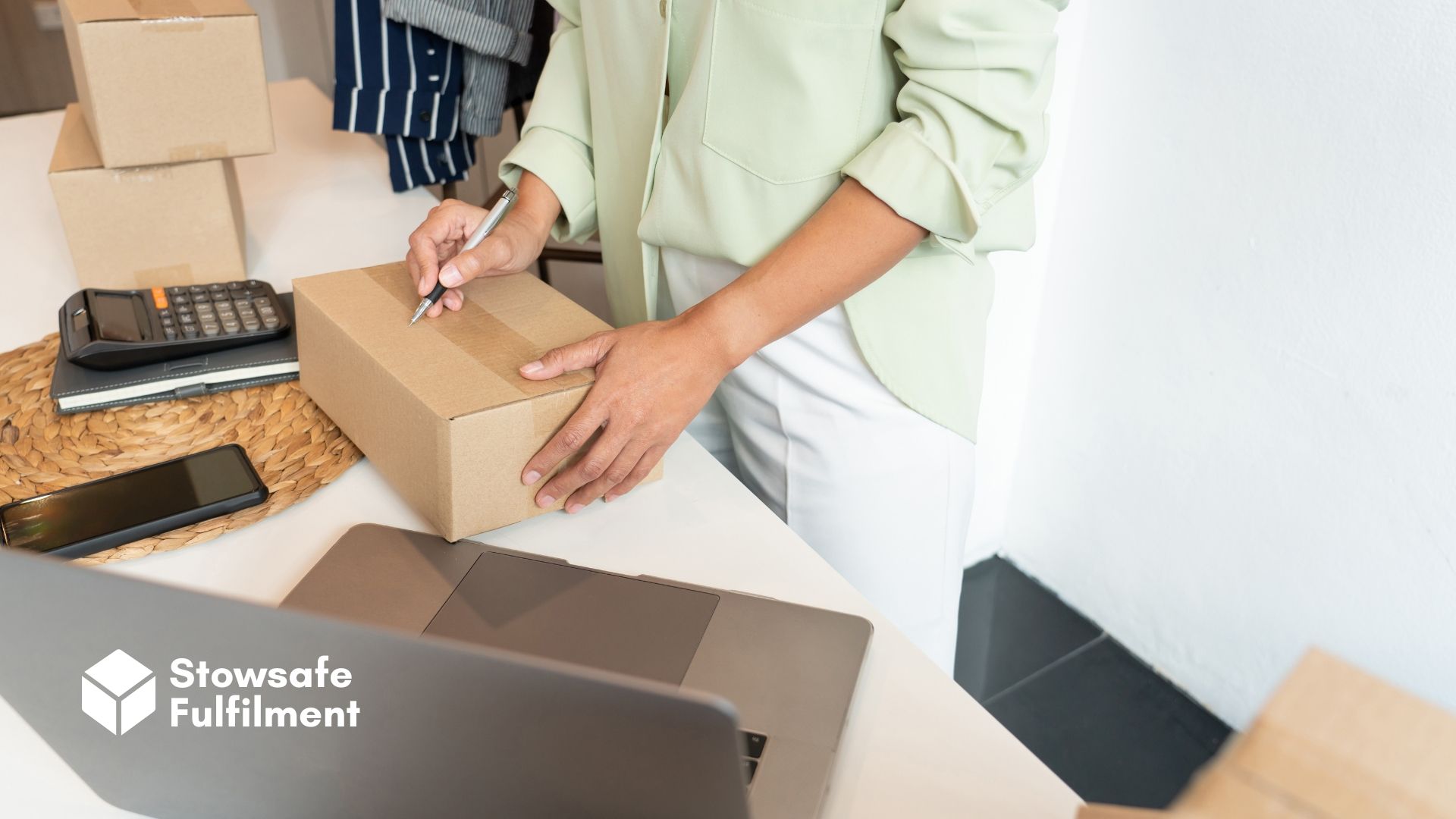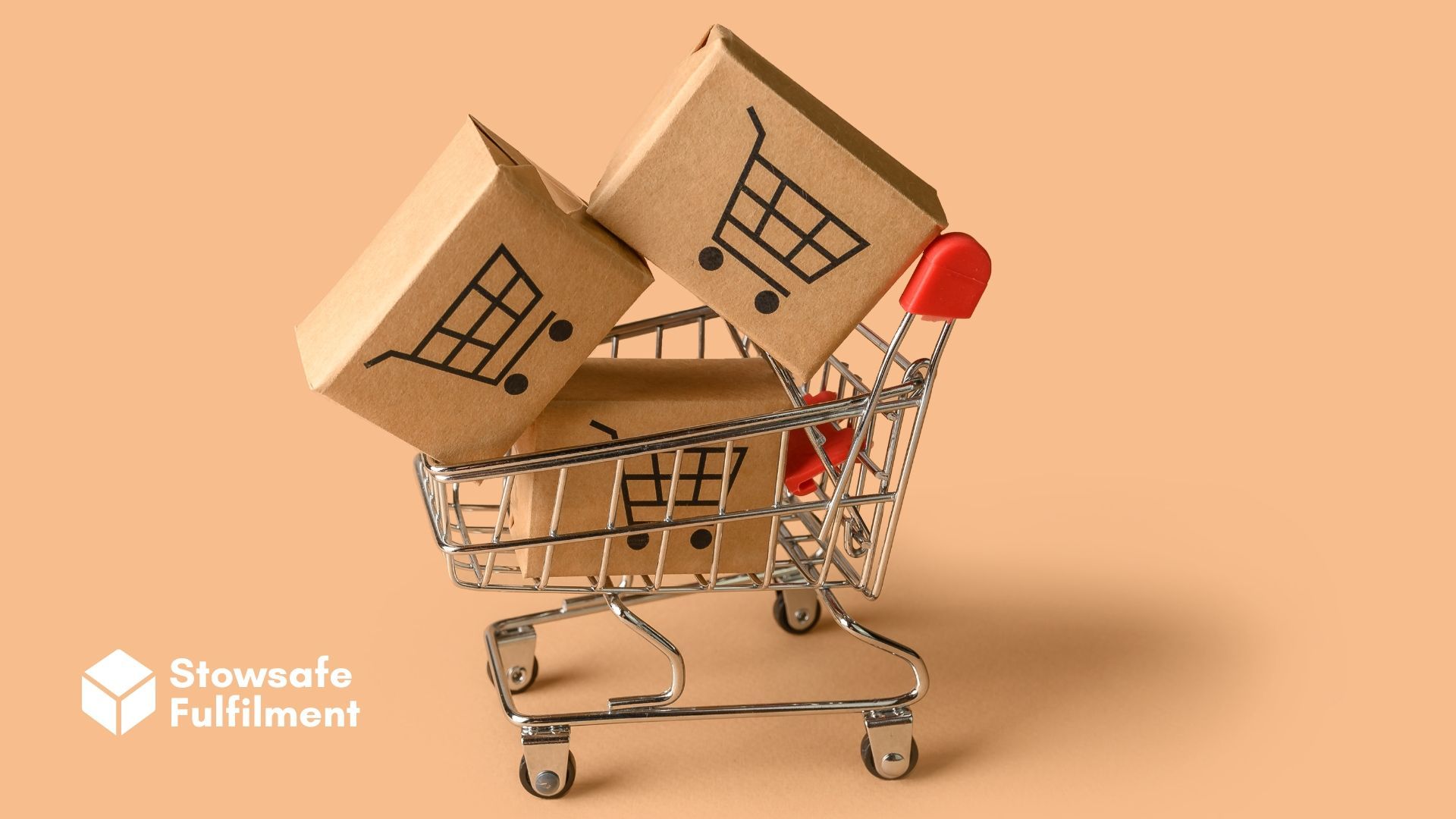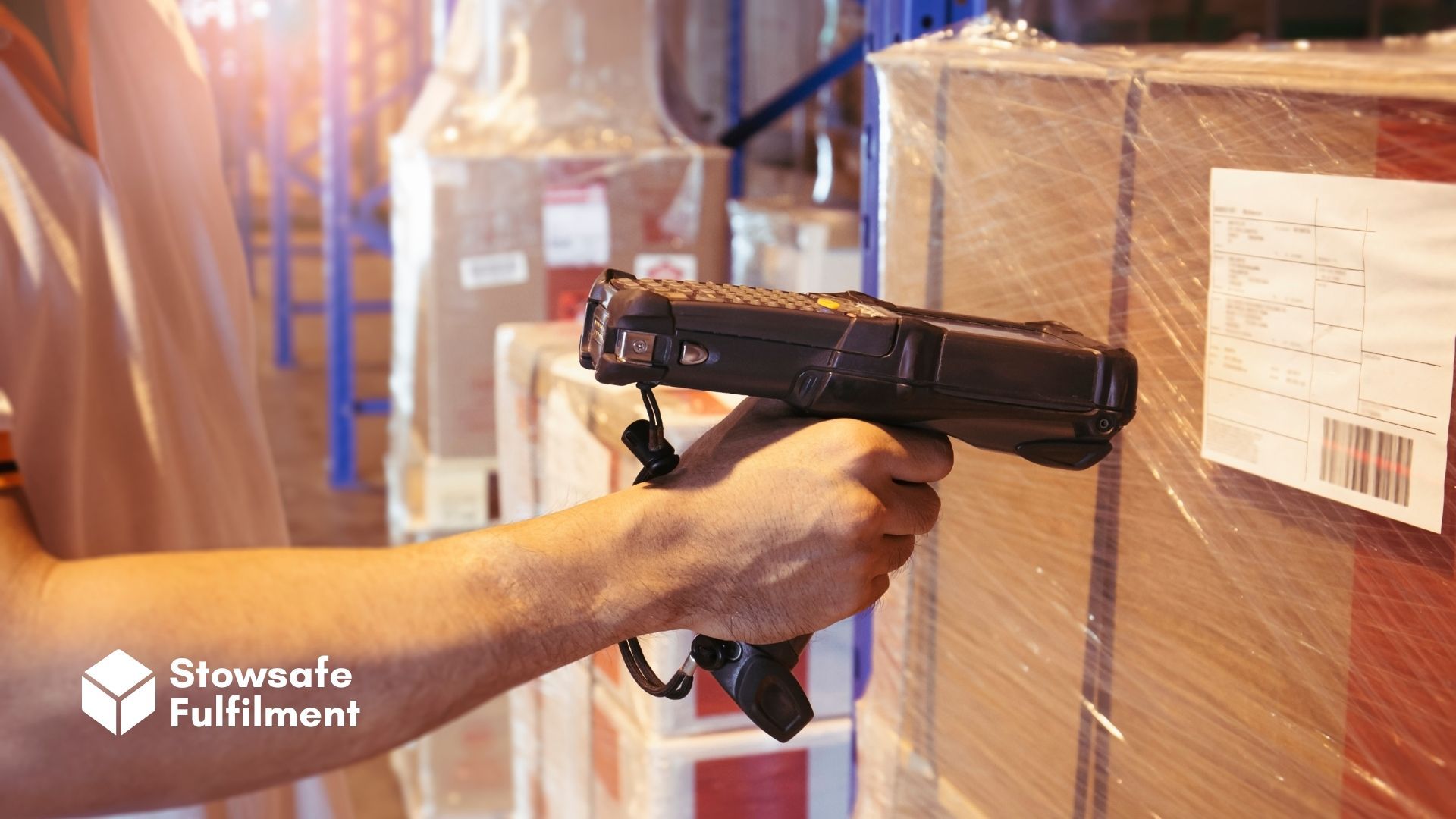From brand development to operational optimisation, the metaverse may revolutionise eCommerce and the logistics industry behind it. Explore how inside.

Imagine buying something online with cryptocurrency and receiving an NFT as a receipt. This is after you've browsed a virtual catalogue – containing more products than could ever fit in a department store – all from the comfort of your bed.
This could all soon be possible. What started as a faint rumbling from tech experts is now gaining momentum with awe-inspiring speed. And one question begs to be answered: what impact could the metaverse have on eCommerce?
What is the metaverse?
In simple terms, the metaverse can be considered a 3D version of the internet – augmented and virtual realities creating connected digital worlds, where people embody customised avatars, enjoy interactive and immersive experiences and use virtual currencies.
You wouldn't be alone in feeling like the idea feels more at home in a sci-fi novel than in reality – and it's true, the metaverse is still very much in its infancy. Many critics scoff at the legalities and privacy concerns and doubt whether people would even be interested in living in a digital world most of the time.
However, there's potential here, and many companies are already implementing some of these flashy techniques into how products are marketed and promoted online. 360-degree product views, mobile apps that use augmented reality to show how a sofa fits in your living room, and virtual showrooms all hint at the tantalising benefits eCommerce could expect from the metaverse –
if it delivers what its advocates believe it could.
With big names getting behind the movement (we all noticed Facebook's rebranding to Meta last year, right?), the concept of the metaverse might well become our everyday reality and has big implications for how we live, interact and buy things.
What benefits could the metaverse offer eCommerce?
COVID-19 changed consumer shopping behaviours practically overnight, accelerating the drive towards shopping online and raising questions about the future of brick-and-mortar stores.
One huge advantage physical stores have long boasted over their digital alternatives, however, is the social aspect. Customers enjoy the experience of shopping with friends and interacting with human staff, and remain loyal because of it – even when promised increased convenience and greater availability of products when buying online.
It's no secret, either, that rate of returns is a key challenge for eCommerce. Customers value the ability to try, touch and see products before buying – and often report a higher level of disappointment with eCommerce compared to the in-store experience. With greater returns and disposition rates, e-retailers can see profit margins eaten away, making it difficult to survive in a hugely competitive environment.
Now, however, with the disruptive shadow of the metaverse looming on the horizon, online retailers are looking at the possibility of pulling ahead in the competition. At its purest, the metaverse promises genuine human interactions without physical borders.
Feasible probability or fantastical pipe-dream, here are a few of the main reasons retailers are getting excited.
Shop with friends in virtual showrooms
The metaverse could see customers meeting up with friends to chat, interact and shop together – recapturing the enjoyment of a day spent shopping without ever having to leave their homes. Physical stores have worked hard to build a sense of community with their shoppers, using live events, pop-up stores and interactive elements to keep them coming back. All of this is possible in the metaverse – and could prove the deciding factor in converting brick-and-mortar traditionalists.
Unlimited range availability
The days of telling customers you're out of stock are gone when the catalogue exists digitally. And it's cheaper, too – there are no expensive buildings to buy or maintain, and rapid expansion becomes quicker and easier to arrange.
Try before you buy
The ability to engage with products on a physical level could be revolutionary in reducing one of eCommerce's biggest challenges – rates of returns. When it comes to estimating fit, size and compatibility, consumers struggle to conceptualise products online as effectively as in person. Trust can be difficult to bestow, especially for expensive or bespoke items such as cars, furniture and prescription spectacles.
Today's eCommerce model is browse, click, buy and – finally – experience. The metaverse can flip this completely, enabling customers to walk around stores, browse displays and pick up products before making purchases. Clothing and accessories can be tried on to check size and fit, giving customers greater confidence in the buying process. Furniture can be viewed in their actual homes (without them ever leaving it!) and products communicate textures, look and feel, just as in a physical department store.
New avenues of customer feedback
Much like social media, the metaverse holds a wealth of opportunities for brand development, consumer engagement and marketing. Today's customer personalisation lies in discounts and promotional adverts, but the metaverse promises more opportunities for truly unique experiences. Word of mouth will take on new meaning as people interact with one other remotely, but intimately, in ways they never have before.
The metaverse and logistics
The metaverse isn't expected to benefit only customer-facing elements of eCommerce – it has the potential to revolutionise the supply chain too. With new opportunities to collaborate and connect, logistic businesses could see increased accuracy, flexibility and efficiency across their operations, the impact of which will be felt by their stakeholders.
Just as consumers can meet up in virtual spaces, so too could retailers engage with their supplier base in new ways – hosting meetings in virtual boardrooms, attending warehouse tours from the comfort of their own office and enjoying real-time inventory visibility like never before.
The modern supply chain is a colossal network of moving parts, but the metaverse makes tantalising promises – in theory, it could eradicate the disconnect between supply, demand and fulfilment for good. Hyper-realistic digital simulation capabilities have an abundance of possibilities when it comes to innovating production processes, structuring the supply chain pathways and running operational simulations for education and training purposes.
Warehouses can be designed, tested and optimised in realistic environments before physically being built, saving time and investment costs. Once built, day-to-day operations can be run seamlessly through dynamic space optimisation modelling, capable of evolving with the needs of the fulfilment centre.
Right now, the picture is unclear. Businesses don't need to pool all their eggs into the metaverse basket. However, they should be paying attention. As we wait to see what the future holds here,
online fulfilment centres like Stowsafe offer cutting-edge technology and innovative logistics solutions to help support any business in the ever-changing world of eCommerce.
All Rights Reserved | Stowsafe Fulfilment














